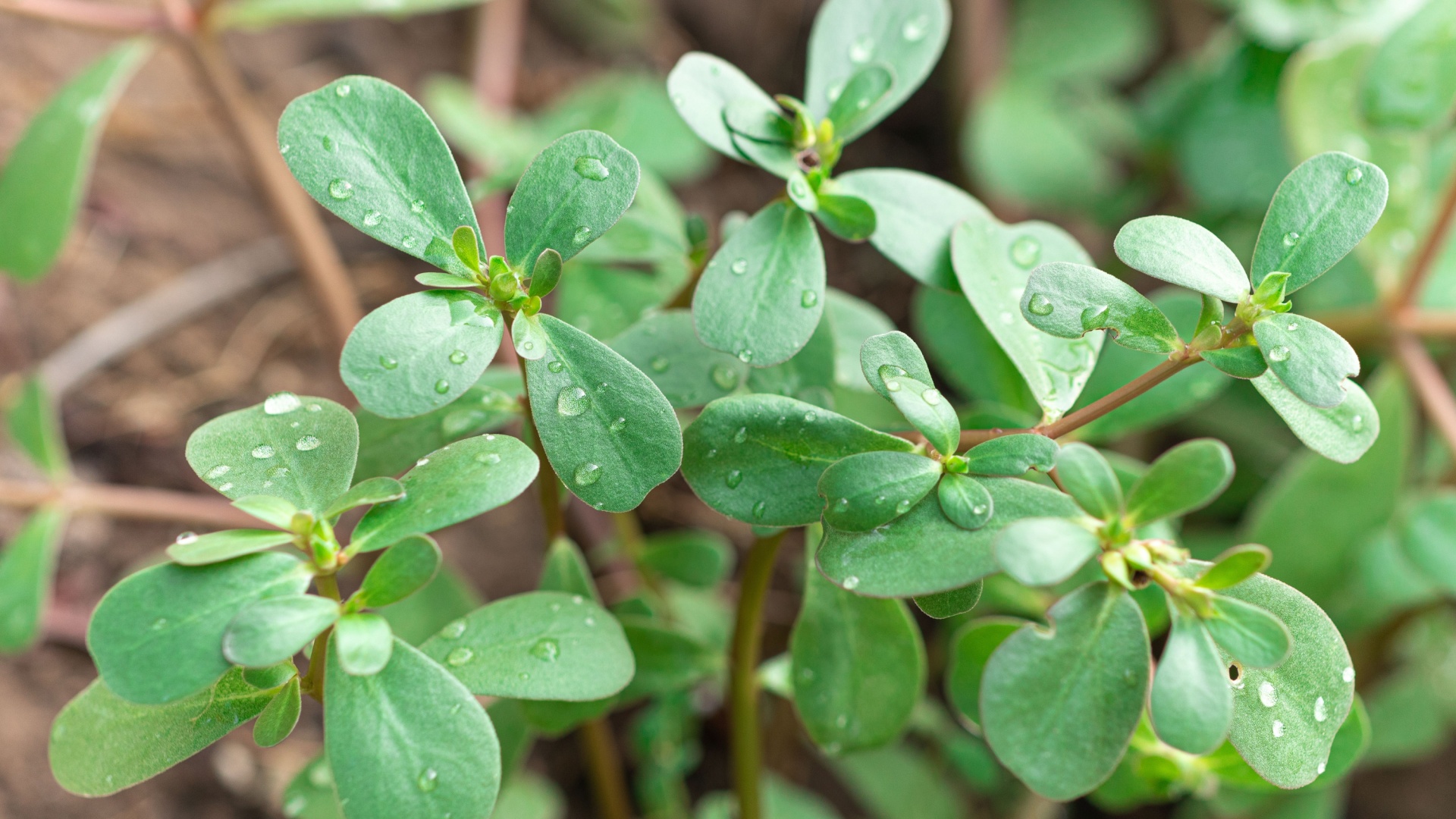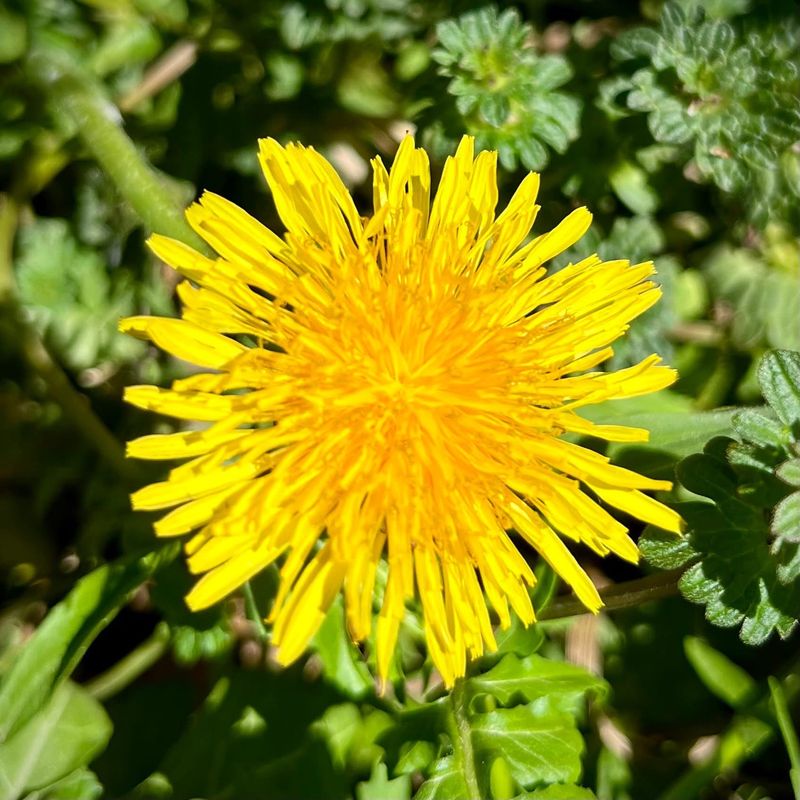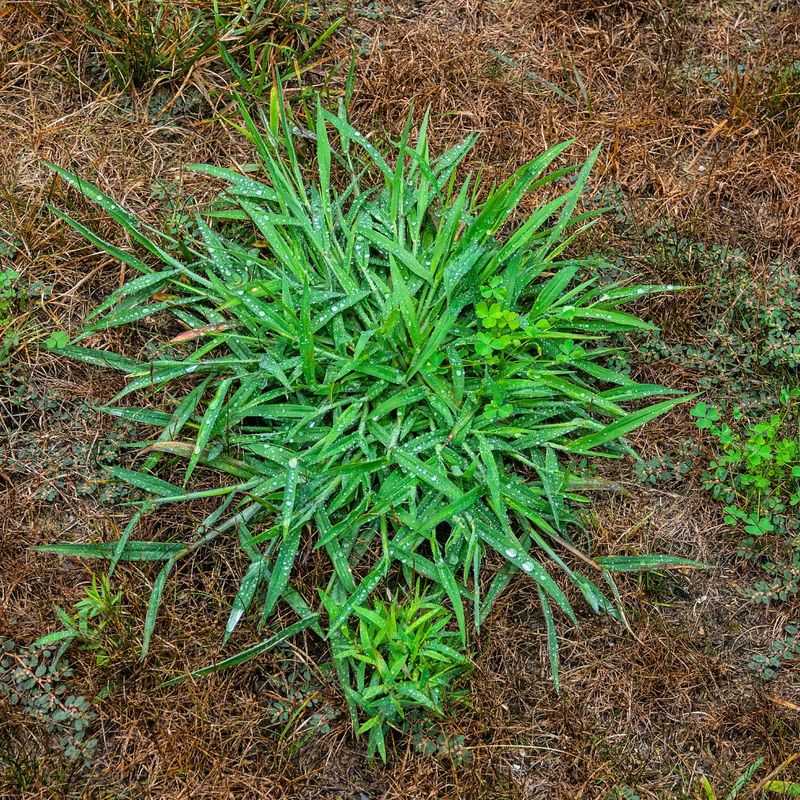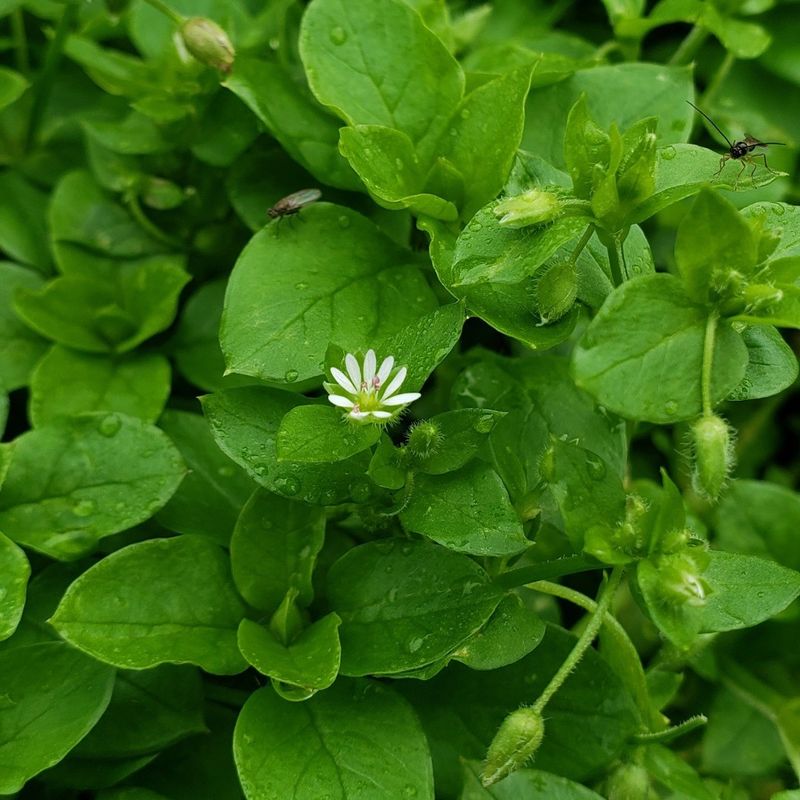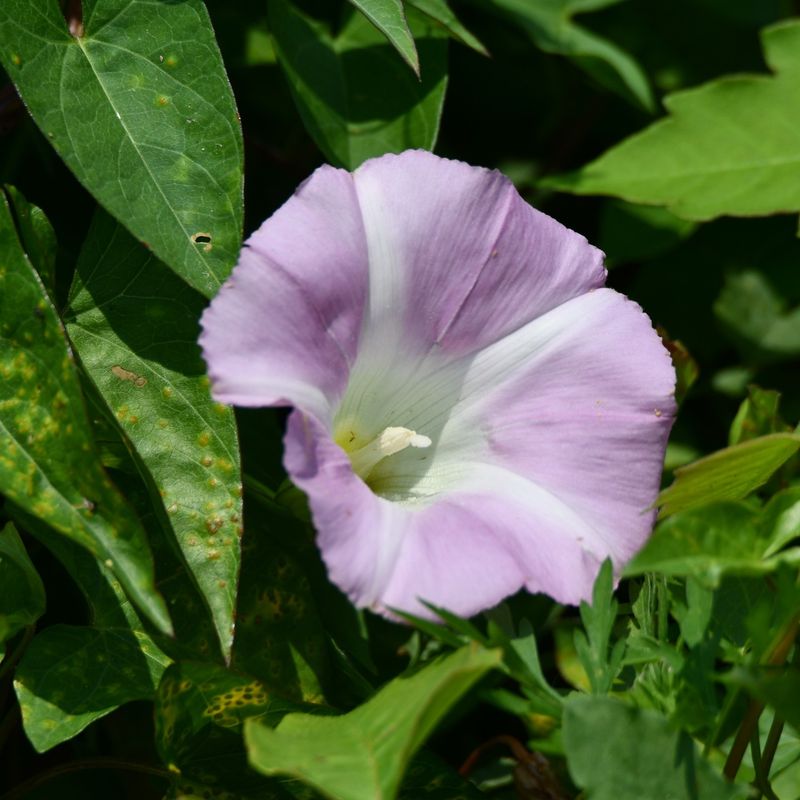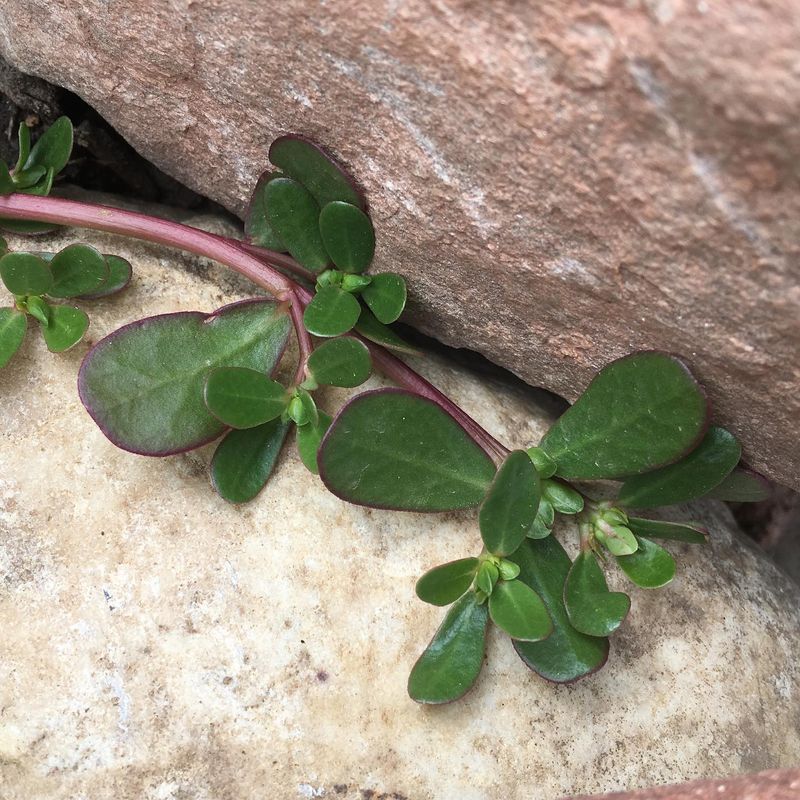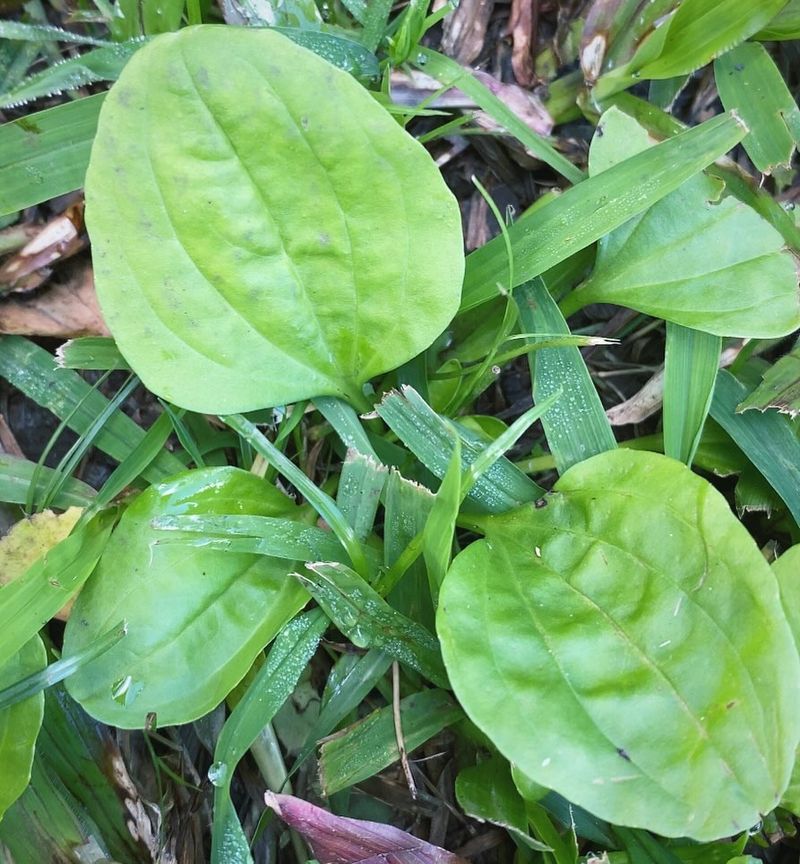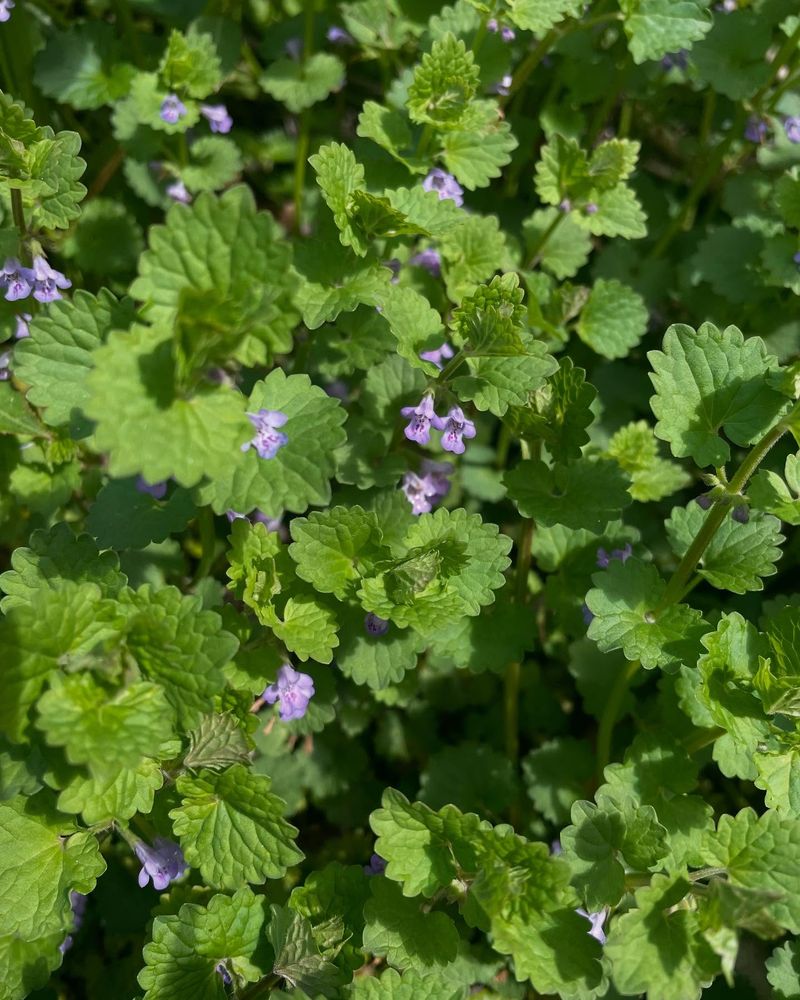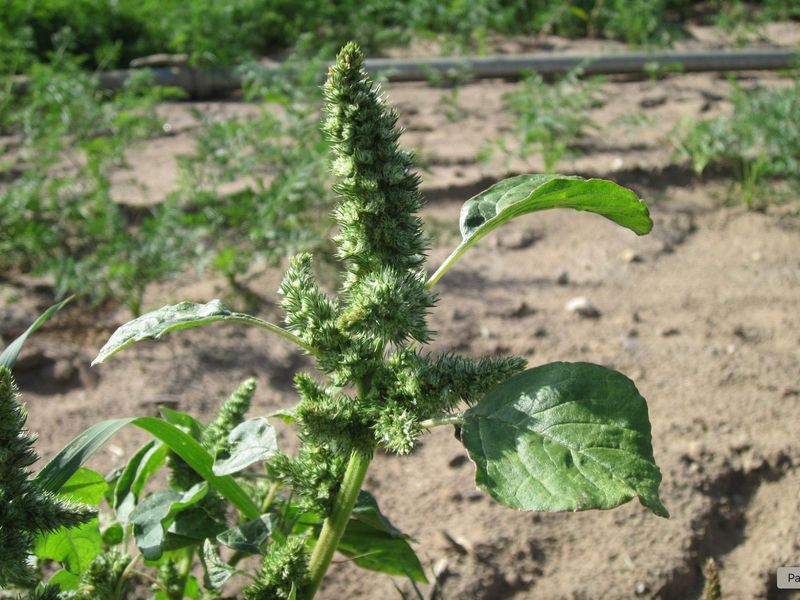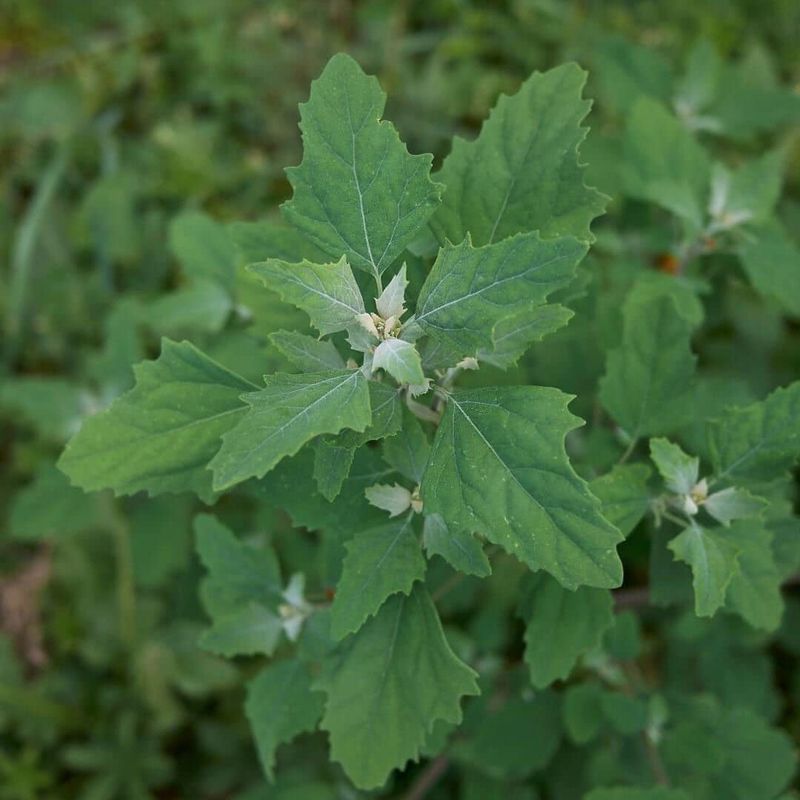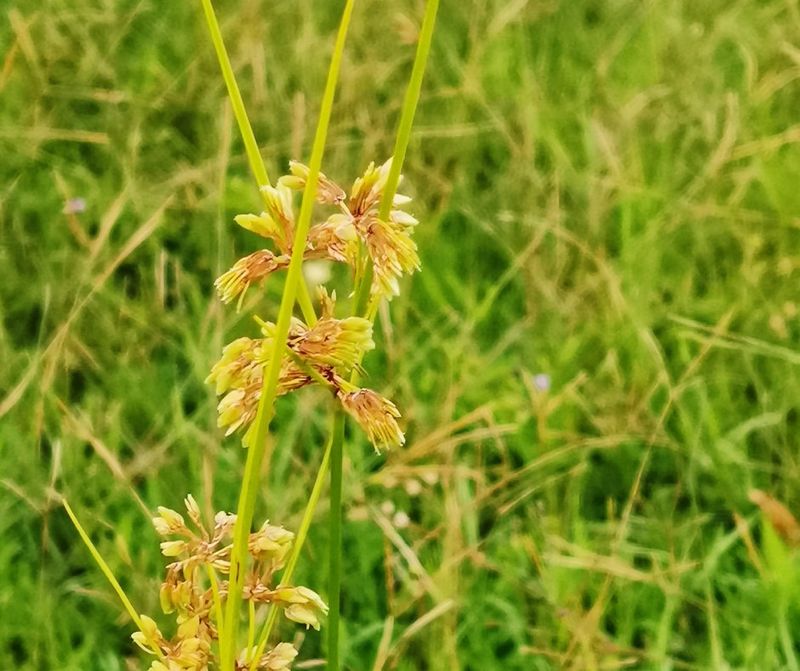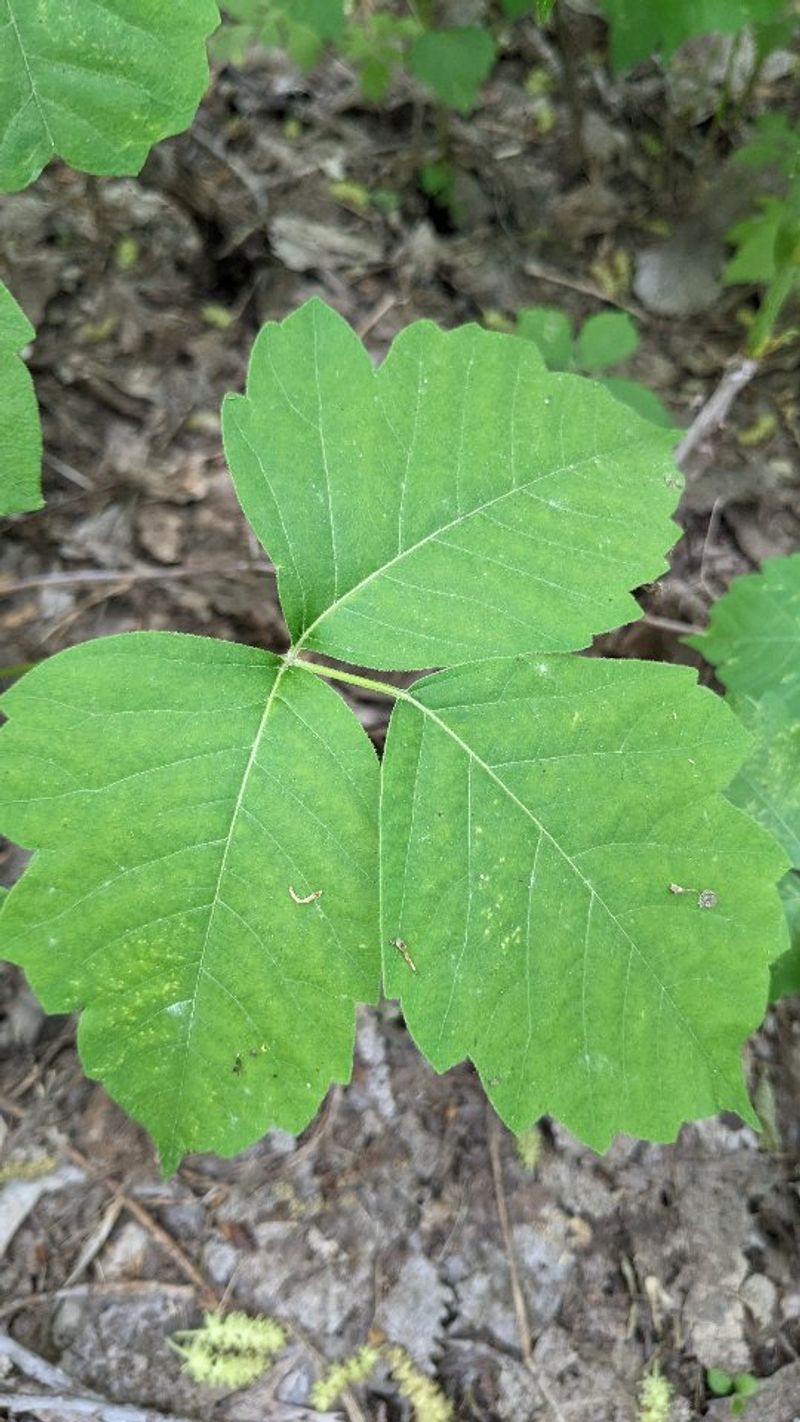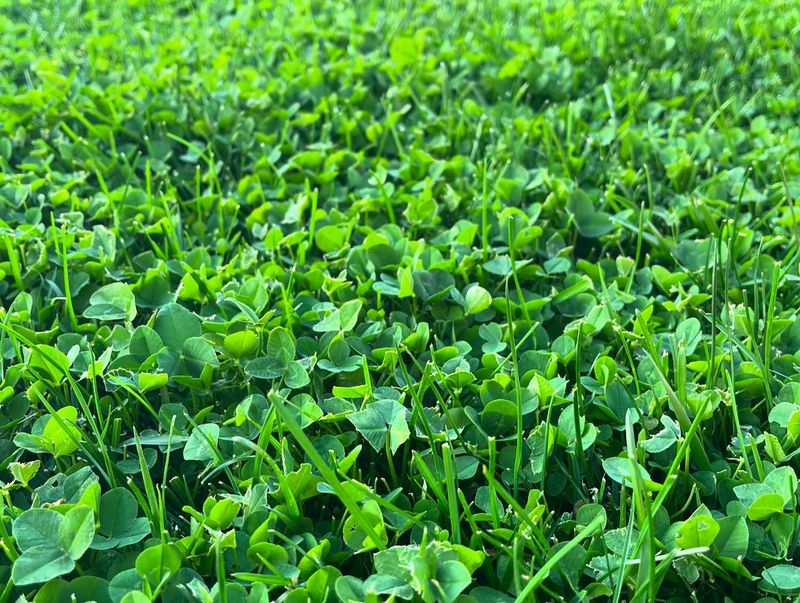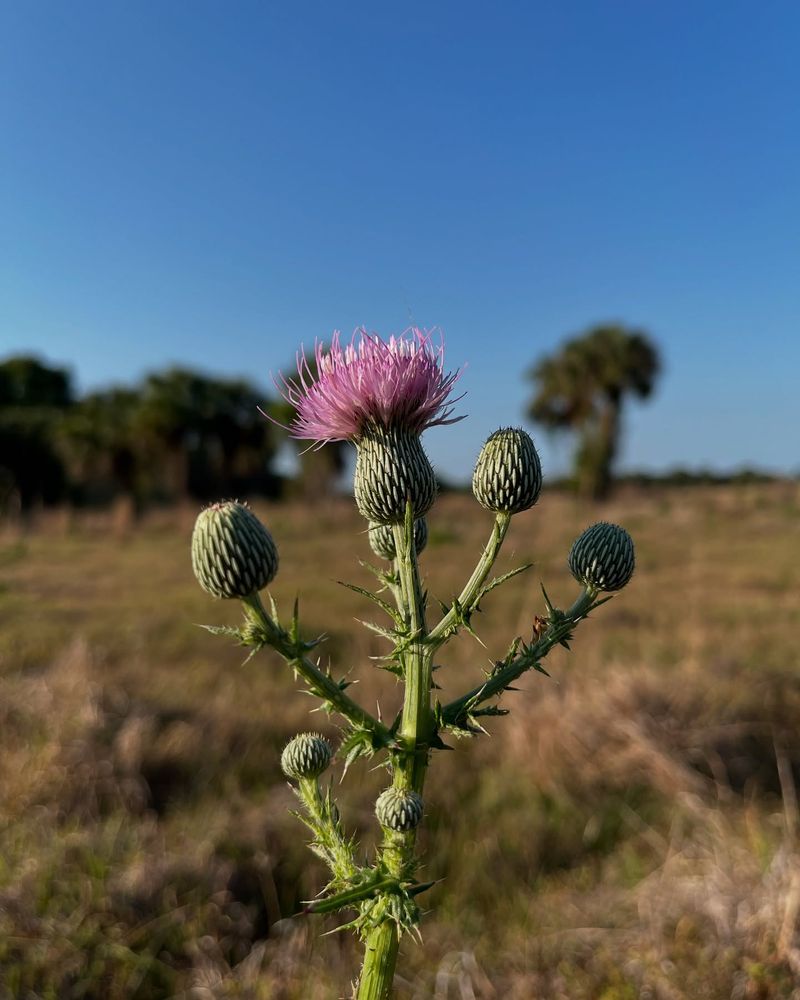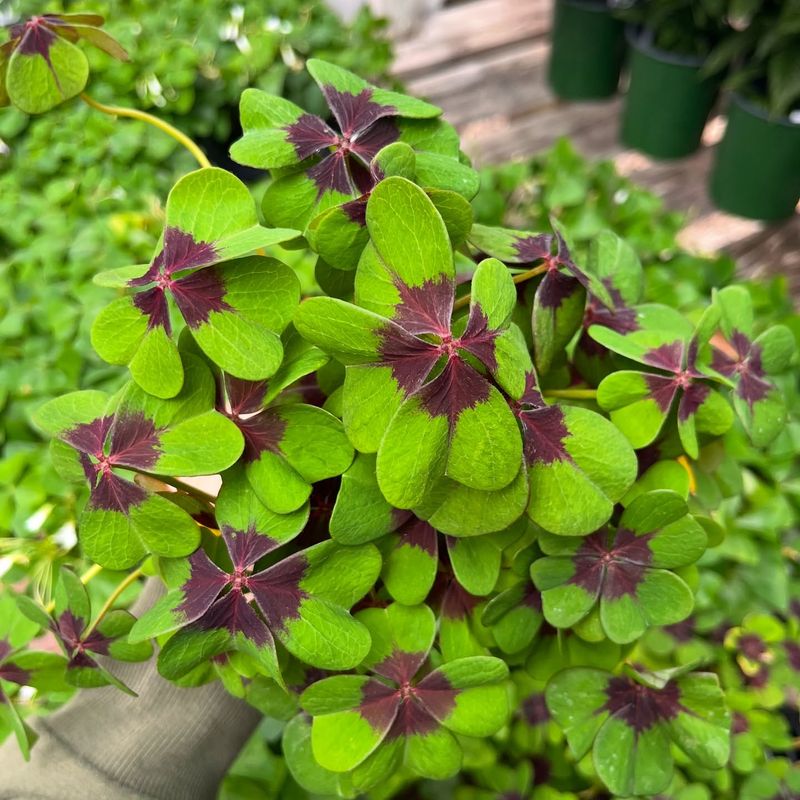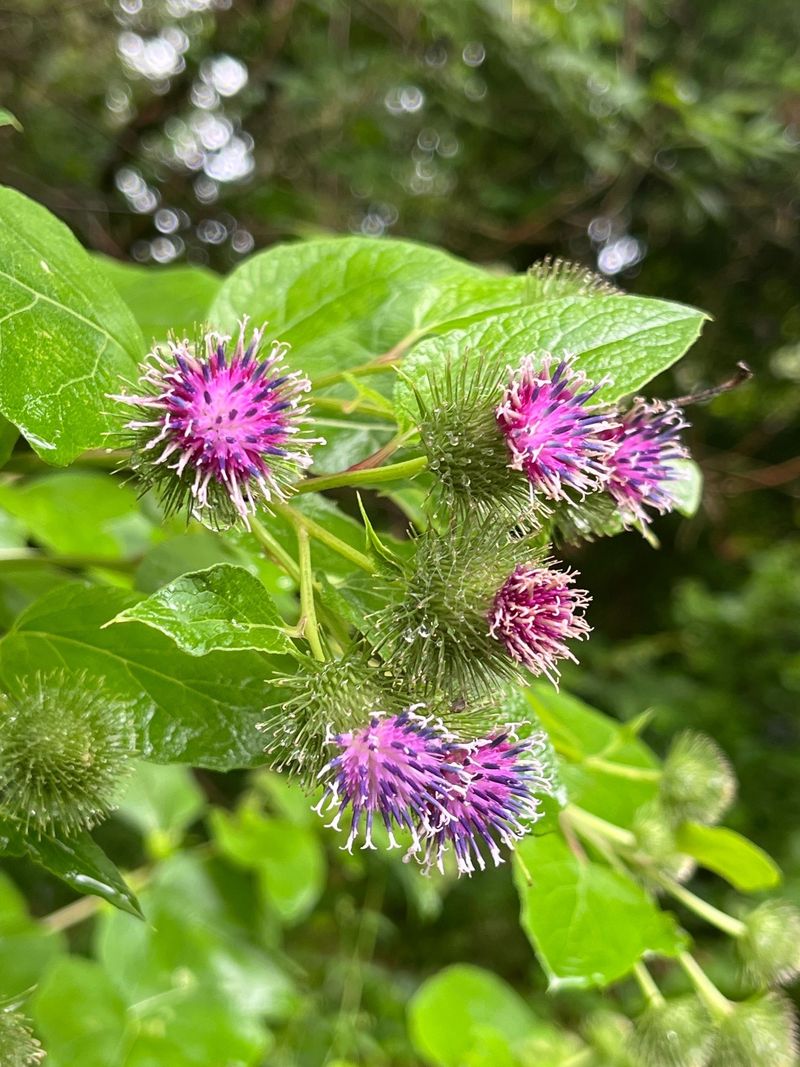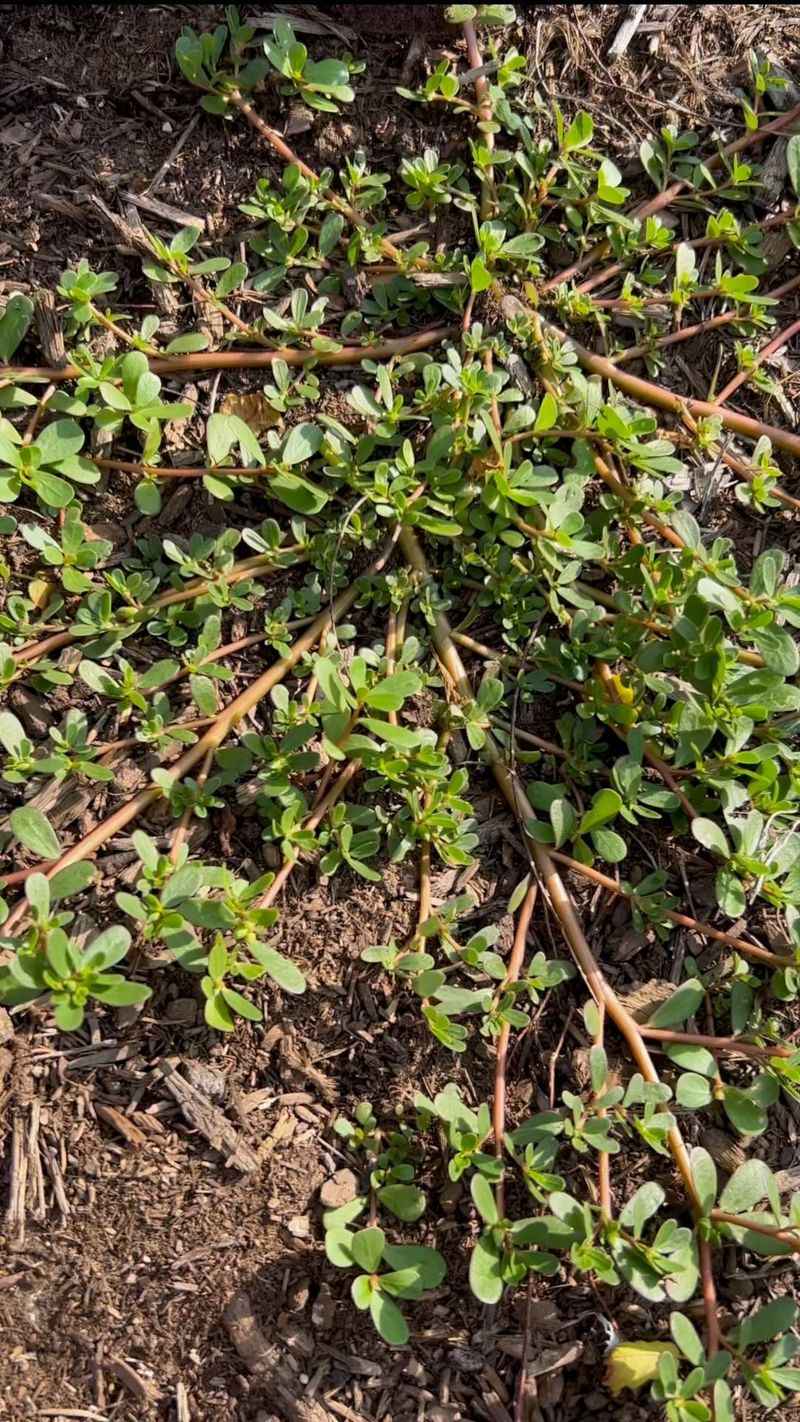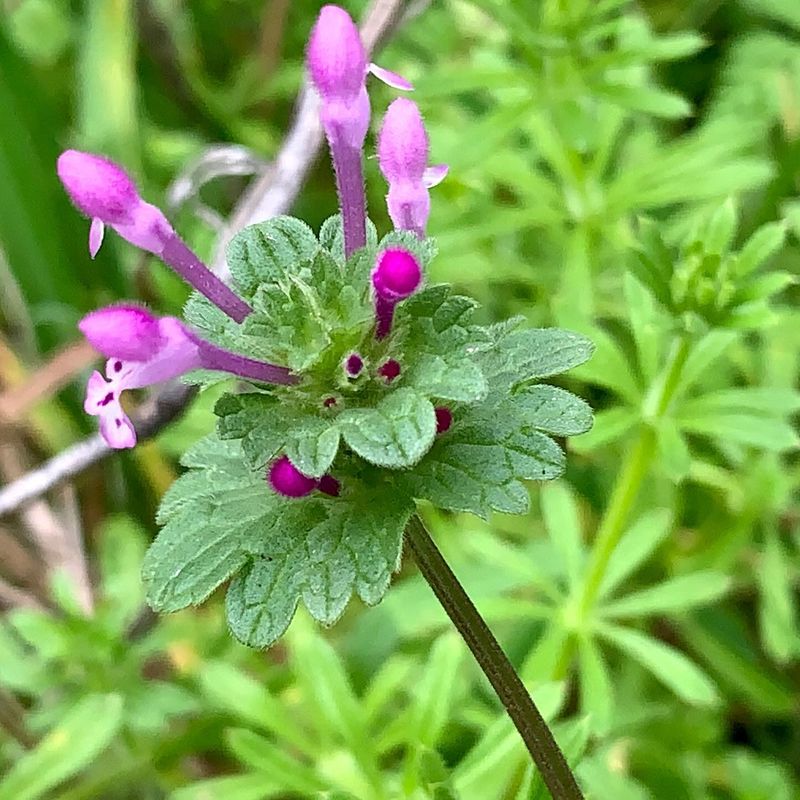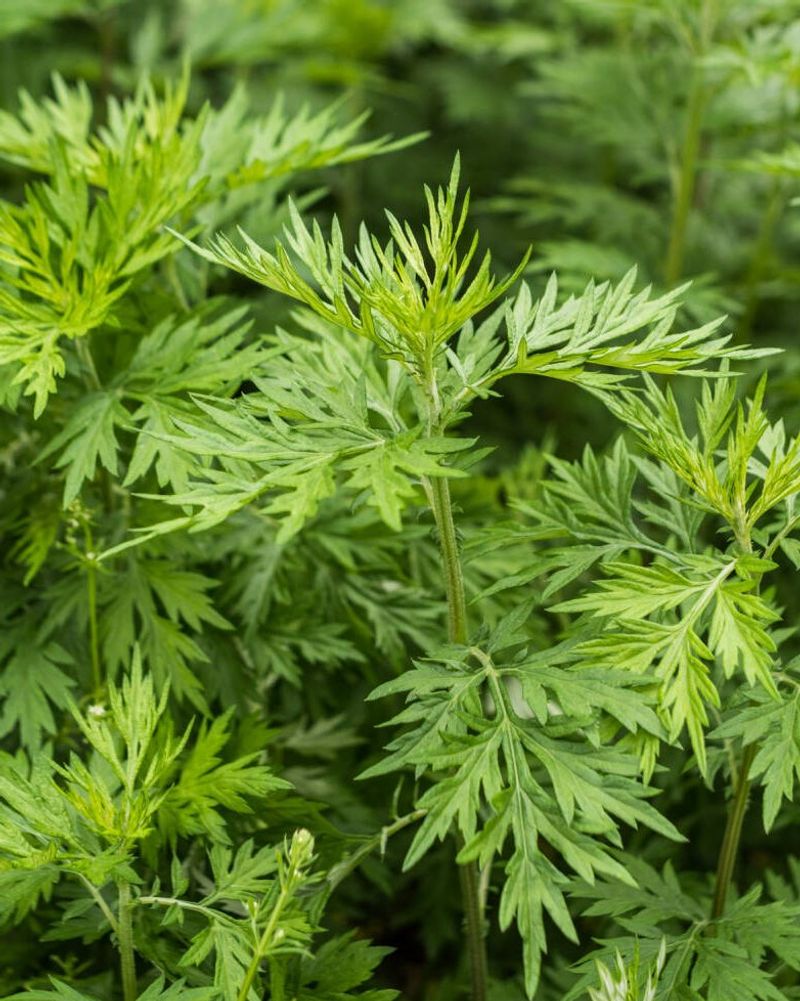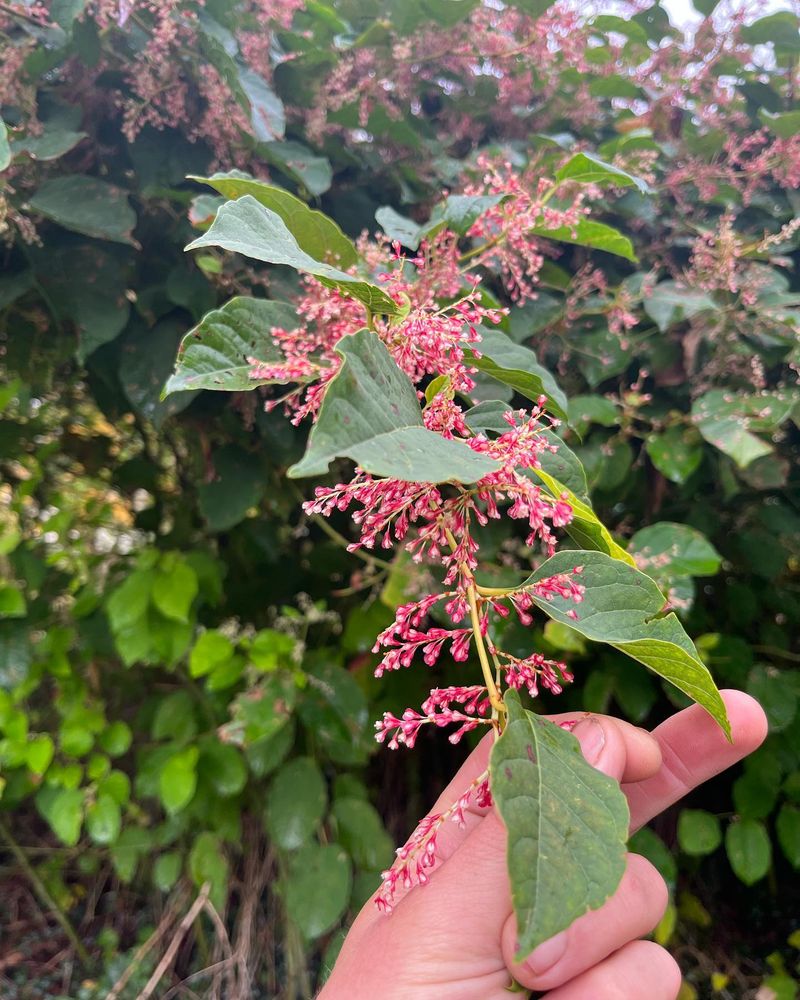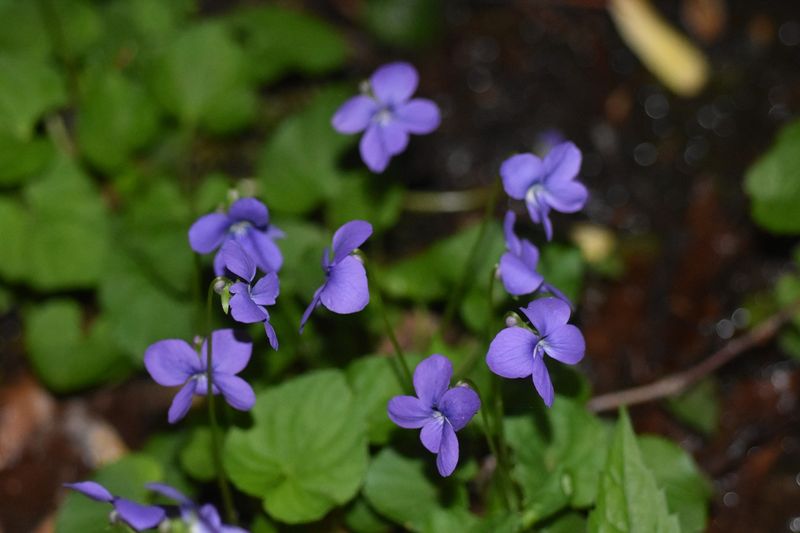Weeds are sneaky invaders—showing up uninvited, blending in, and then quietly taking over your yard before you even realize what’s happening. But not all weeds are created equal, and some are far more aggressive (and harder to get rid of) than others.
In this guide, we’ll show you how to quickly identify 20 of the most common—and troublesome—weeds so you can stop them in their tracks before they turn your garden into a jungle.
1. Dandelion (Taraxacum officinale)
Those bright yellow flowers that transform into puffy seed heads are more than just wish-makers. Dandelions have deep taproots and toothed leaves that grow in a rosette pattern close to the ground.
The hollow stems contain a milky sap when broken. Despite being considered pesky, dandelion leaves are actually edible and nutritious! Look for them in lawns, meadows, and disturbed areas throughout spring and summer.
2. Crabgrass (Digitaria spp.)
Spreading like a crab’s legs across your lawn, this annual grass weed can quickly take over. Crabgrass grows in a flat, radiating pattern with stems that root where they touch soil.
The leaves are wider and lighter green than most lawn grasses. You’ll notice it thriving in hot, dry conditions and bare spots. A single plant can produce up to 150,000 seeds, explaining why it returns year after year despite your best efforts.
3. Chickweed (Stellaria media)
Small white star-shaped flowers give this common garden invader away. Chickweed forms dense mats of slender stems with oval, opposite leaves and a single line of hairs running along the stem.
Cool weather is its favorite time to grow, making it a winter annual in many regions. Chickens love munching on it (hence the name), and humans can eat it too – it tastes similar to lettuce! Look for it in moist, shady garden areas.
4. Bindweed (Convolvulus arvensis)
Often mistaken for morning glory, field bindweed is a gardener’s nightmare. The white or pink trumpet-shaped flowers might look pretty, but don’t be fooled by their charm.
Bindweed’s arrow-shaped leaves and twining stems wrap around garden plants, slowly choking them. The worst part? Its roots can grow 20 feet deep, making complete removal nearly impossible. When you spot those distinctive flowers, act quickly before it spreads throughout your garden.
5. Purslane (Portulaca oleracea)
Reddish stems radiating from a central point are the hallmark of purslane. This succulent weed has small, paddle-shaped leaves that are thick and fleshy, storing water like tiny reservoirs.
Yellow flowers open only on sunny mornings. While gardeners curse its persistence, purslane is actually a nutritional powerhouse packed with omega-3 fatty acids. It thrives in hot, dry conditions and can regrow from the tiniest stem fragment, making thorough removal essential.
6. Plantain (Plantago major)
Not the banana-like fruit, but a stubborn lawn weed with broad, oval leaves featuring distinctive parallel veins. Plantain grows in a rosette pattern and sends up tall, narrow flower spikes with tiny greenish-brown blooms.
Native Americans called it “white man’s footprint” because it seemed to follow European settlers. Surprisingly useful, plantain leaves can soothe insect bites when crushed and applied to skin. You’ll commonly find it thriving in compacted soil and walkways.
7. Creeping Charlie (Glechoma hederacea)
Square stems and scalloped, round leaves make Creeping Charlie distinctive. Also called ground ivy, this mint family member produces small purple flowers and spreads via aboveground runners that root as they go.
The leaves emit a minty smell when crushed. Originally brought to America as a medicinal herb and ground cover, it escaped gardens and became invasive. Creeping Charlie thrives in shady, moist areas and can quickly form a dense carpet that chokes out grass.
8. Pigweed (Amaranthus spp.)
Rough, hairy stems and oval to diamond-shaped leaves characterize this agricultural menace. Pigweed grows upright and can reach impressive heights of 6 feet or more if left unchecked.
Small green flowers cluster at leaf axils and stem tips. A single plant can produce over 100,000 seeds! Originally named because farmers fed it to pigs, some varieties are now cultivated as the grain amaranth. Look for pigweed in disturbed soil, gardens, and crop fields.
9. Lamb’s Quarters (Chenopodium album)
Dusty, flour-like coating on young leaves gives Lamb’s Quarters a distinctive blue-green appearance. The leaves are shaped like a goose’s foot with toothed edges, growing alternately along ridged stems.
Tiny green flowers form in clusters at branch tips. Despite being considered a weed, it’s actually more nutritious than spinach! The young leaves taste similar too. Lamb’s Quarters prefers rich soil and often appears in vegetable gardens and compost piles.
10. Nutsedge (Cyperus spp.)
Often mistaken for grass, yellow nutsedge reveals its true identity with its triangular stems and yellow-green color. The leaves are arranged in sets of three from the base, creating a distinct “V” channel down the center.
Underground, it forms small tubers or “nuts” that make it nearly impossible to eliminate by pulling. Nutsedge loves wet conditions and often indicates drainage problems. The seedheads have a distinctive yellowish or purplish umbrella-like appearance.
11. Poison Ivy (Toxicodendron radicans)
“Leaves of three, let it be” is the famous warning about this troublemaker. Poison ivy’s compound leaves consist of three leaflets with the middle one on a longer stalk. Leaf edges can be smooth or notched.
Young leaves often have a reddish tint, turning glossy green in summer and vibrant red in fall. Hairy vines climb trees while ground-running stems spread outward. All parts contain urushiol oil that causes itchy rashes. Identify it early to avoid painful encounters!
12. Clover (Trifolium spp.)
Distinctive three-leaflet leaves (occasionally four for good luck!) make clover easy to spot in lawns. White clover produces round, white flower heads while red clover has pinkish-purple blooms.
The leaves often have whitish markings resembling a crescent or watermark. Though considered a weed by some, clover actually fixes nitrogen in soil, improving lawn health. Bees love the flowers, making clover an important pollinator plant. It thrives in areas with poor nitrogen levels.
13. Thistle (Cirsium spp.)
Spiny leaves and stems give thistles their unmistakable defensive appearance. The leaves have deeply lobed edges with sharp spines along margins and often a white marbling pattern.
Purple, pink, or sometimes white fluffy flower heads bloom atop tall stems. Canada thistle spreads aggressively through creeping roots, while bull thistle forms a rosette its first year. Both produce thousands of seeds with silky parachutes that float on wind. Wear gloves when handling these prickly characters!
14. Oxalis (Oxalis spp.)
Heart-shaped leaflets arranged in groups of three (like clover) identify wood sorrel or oxalis. Unlike clover, these leaflets are notched at the tip, resembling tiny hearts or shamrocks.
Delicate five-petaled yellow flowers open on sunny days. When stressed, the leaves fold downward like an umbrella. The entire plant has a pleasant lemony taste due to oxalic acid content. Yellow wood sorrel is common in lawns and gardens, while purple oxalis is often a houseplant escapee.
15. Burdock (Arctium spp.)
Large, wavy-edged leaves that can grow up to 2 feet long characterize first-year burdock plants. The leaves have a woolly underside and resemble rhubarb or elephant ears.
Second-year plants send up tall flower stalks with purple thistle-like blooms that develop into the infamous burrs. These clingy seed heads inspired the invention of Velcro! The taproot goes deep, making mature plants difficult to pull. You’ll find burdock in disturbed areas and along trails.
16. Spotted Spurge (Euphorbia maculata)
Forming a flat mat along the ground, spotted spurge has small oval leaves arranged oppositely on reddish stems. A dark red or purple spot often marks the center of each leaf.
Breaking the stem reveals the plant’s telltale white, milky sap that can irritate skin. Tiny flowers appear where leaf stems meet the main stem. Spotted spurge thrives in hot, dry conditions, often appearing in sidewalk cracks and bare spots in lawns during summer heat.
17. Henbit (Lamium amplexicaule)
Square stems with scalloped, rounded leaves that clasp directly around the stem (no leaf stalks) make henbit distinctive. Upper leaves wrap around the stem while lower leaves have short stalks.
Pretty purple-pink tubular flowers emerge in whorls near stem tips in early spring. Part of the mint family, henbit has a mild, pleasant scent when crushed. The name comes from chickens’ fondness for it. This winter annual thrives in cool weather and often carpets fields with purple blooms.
18. Mugwort (Artemisia vulgaris)
Silver-white undersides of dark green, deeply lobed leaves are mugwort’s calling card. The leaves release a distinctive sage-like aroma when crushed.
Growing upright to heights of 2-4 feet, mugwort produces small, inconspicuous yellowish-brown flowers on upper stems in late summer. This perennial spreads by both seeds and underground rhizomes. Historically used in herbal medicine, mugwort has become invasive in many areas. Look for it along roadsides and disturbed areas.
19. Japanese Knotweed (Fallopia japonica)
Bamboo-like hollow stems with distinct nodes give Japanese knotweed its unique appearance. The broad, oval leaves have flat bases and pointed tips, arranged in a zigzag pattern along the stems.
Creamy white flower clusters bloom in late summer. One of the world’s most invasive plants, it can grow through concrete and asphalt! The reddish-purple shoots emerge in spring and quickly reach heights of 10 feet. Its extensive root system can spread 20 feet deep and 65 feet wide.
20. Wild Violet (Viola sororia)
Heart-shaped leaves with scalloped edges emerge directly from the ground on slender stalks. The distinctive purple (occasionally white) flowers have five petals with the lower petal often featuring dark stripes.
Wild violets spread by both seeds and underground rhizomes. While considered weeds in lawns, they’re actually native wildflowers that support pollinators. The flowers and leaves are edible, often used in salads or crystallized for cake decorations. They prefer shady, moist areas in lawns.

